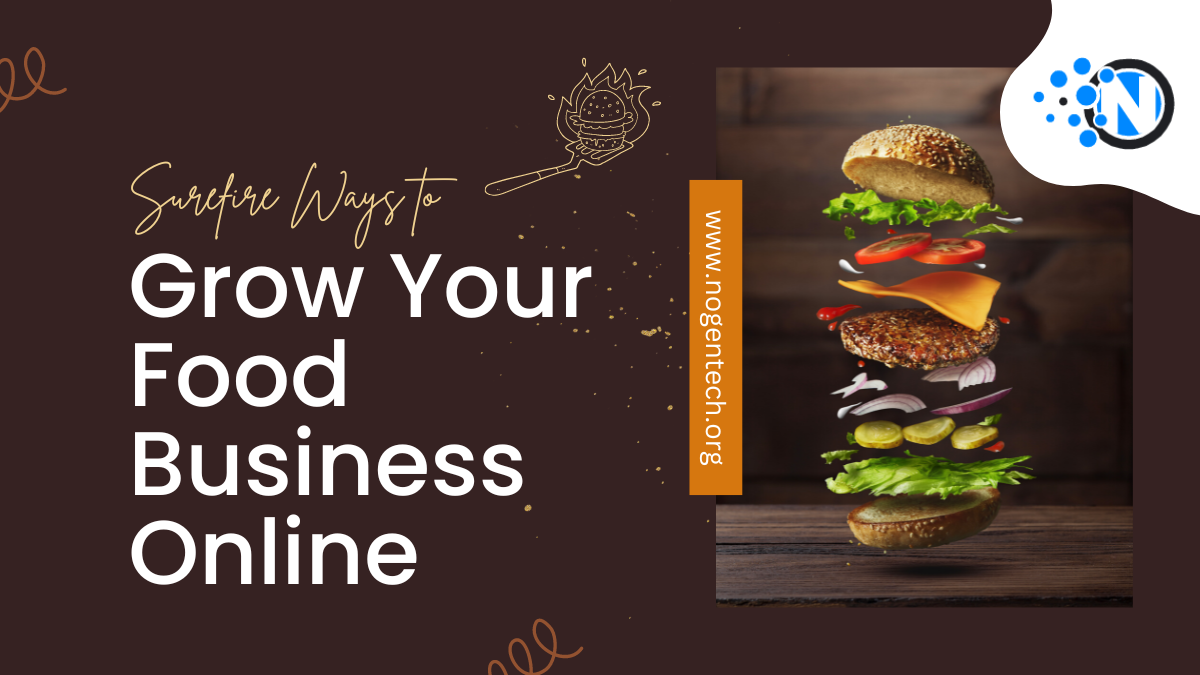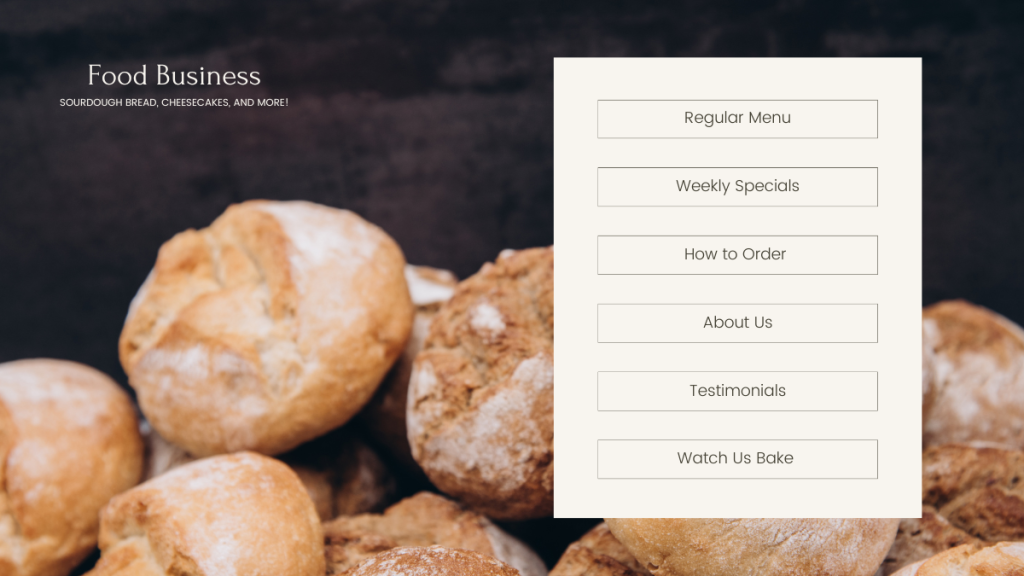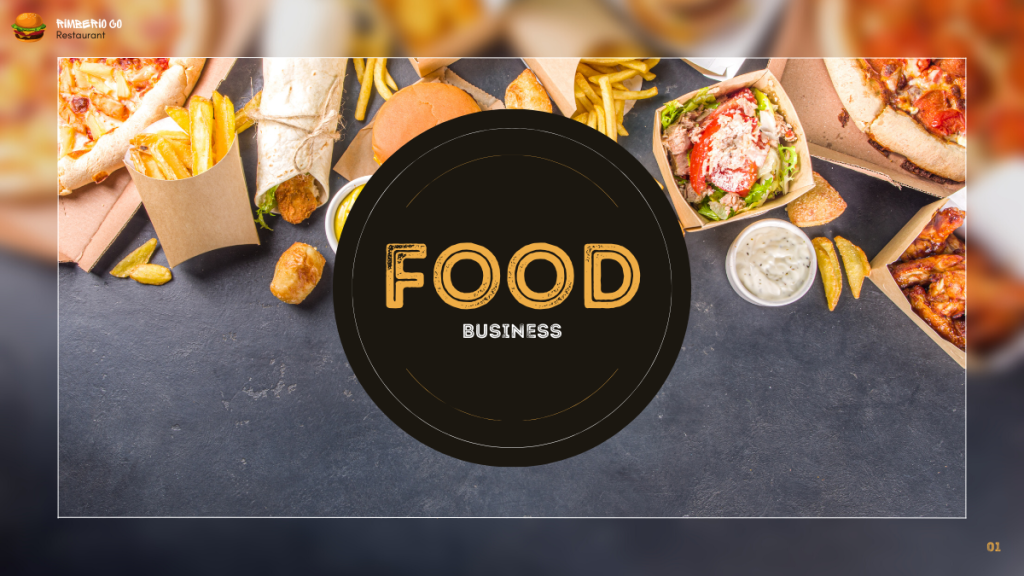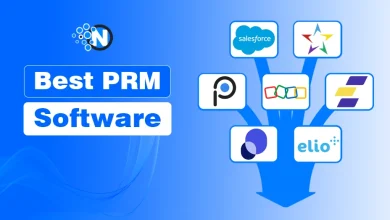Surefire Ways to Grow Your Food Business Online

The advanced tech tools and solutions have transformed businesses’ operations, and the food industry is no exception. With the increasing popularity of digital platforms, it is essential for food businesses to establish a strong online presence to reach a wider audience and sell more.
This article will explore surefire ways to grow your food business online, along with strategies such as creating a compelling website, leveraging social media, implementing effective online marketing tactics, and providing exceptional customer service.
Develop a Compelling Website
A well-designed and user-friendly website is fundamental for growing your food business online. Create a website for your business that is visually appealing, easy to navigate, and mobile-responsive to cater to users across various devices. Showcase your food offerings with high-quality images and detailed descriptions to entice potential customers. Furthermore, include essential information such as your business hours, address, contact details, and a menu with pricing options. Implement a secure and straightforward online ordering system, allowing customers to place and make payments easily. Furthermore, consider integrating customer reviews and testimonials to build trust and credibility.

Leverage Social Media
Social media is an excellent platform for engaging with your target audience and amplifying your online presence. Create business profiles on popular platforms such as Facebook, Instagram, and Twitter, and regularly post interesting and engaging content related to your food offerings. Share high quality food images, behind-the-scenes glimpses, recipes, and special promotions to captivate your audience. Engage with your followers by responding to comments and messages promptly, and consider running contests or giveaways to generate excitement and encourage user-generated content. Collaborate with influencers or bloggers in the food industry to reach a wider audience and gain credibility.
Let’s explore key strategies to leverage social media for your food business effectively:
Choose the Right Platforms:
Multiple social media platforms are available, but selecting the ones that align with your target audience and business objectives is important. Facebook, Instagram, Twitter, Pinterest, and YouTube are popular platforms for food businesses. Research your target demographic to determine which platforms they frequent the most, and focus your efforts on those channels.
Develop a Consistent Brand Voice and Visuals
Consistency is key when it comes to branding on social media. Develop a distinct brand voice that reflects your food business’s personality and values. Whether humorous, informative, or sophisticated, maintain that tone across your posts and interactions. Similarly, establish a consistent visual style using high-quality food photography, branded graphics, and colors that resonate with your brand.
Create Compelling Content
To engage your audience, create compelling and shareable content. Post delicious food photos, videos, recipes, behind-the-scenes glimpses, and stories that showcase your food business. Experiment with different types of content, such as tutorials, contests, polls, and user-generated content to keep your audience interested and encourage interaction.
Engage and Interact
Social media is all about building relationships. Engage with your followers by promptly responding to comments, messages, and mentions. Encourage conversations by asking questions, seeking opinions, and encouraging user-generated content. Remember to acknowledge and appreciate customer feedback, both positive and negative, and take the opportunity to address any concerns or issues.
Collaborate with Influencers and Partners
Partnering with influencers or relevant businesses can help expand your reach and credibility. Identify influencers in the food industry or local food bloggers who align with your brand and collaborate on sponsored posts, giveaways, or featured content. This can expose your business to their followers, helping you gain new customers.
Implement Effective Online Marketing Tactics
Utilize online marketing strategies to increase brand awareness and drive traffic to your website. Optimize your website for search engines (SEO) by incorporating relevant keywords, meta tags, and generating quality back links. Write informative and engaging blog posts or articles about food-related topics to position yourself as an expert in the industry and attract organic traffic. To reach a targeted audience, consider investing in online advertising, like pay-per-click campaigns on search engines or social media platforms. Use data analytics tools to monitor the performance of your campaigns and make data-driven decisions to optimize your marketing efforts.
Provide Exceptional Customer Service
Building strong customer relationships is crucial for growing your food business online. Provide exceptional customer service by promptly responding to inquiries, addressing concerns, and resolving issues. Implement live chat support on your website to offer real-time assistance. Personalize customer experiences by sending targeted emails or newsletters with exclusive offers, personalized recommendations, or updates about new menu items. Encourage customers to leave reviews and ratings on platforms like Google My Business, Yelp, or Trip Advisor, as positive online reviews can significantly impact your reputation and attract new customers.

Here are some key strategies to provide exceptional customer service and foster long-lasting relationships with your online audience.
Prompt and Personalized Communication:
Responding to customer inquiries, comments, and messages promptly is vital. Aim to provide real-time or timely responses, showing that you value their time and concerns. Personalize your interactions by addressing customers by their names and addressing their specific questions or issues. This personal touch makes customers feel heard and appreciated.
Active Listening and Empathy:
When customers provide feedback or express concerns, practice active listening and show empathy. Acknowledge their experiences, validate their feelings, and apologize if necessary. Responding with empathy can go a long way in resolving issues and leaving customers with a positive impression of your business.
Transparent and Honest Communication:
Be transparent in your communication with customers. Clearly communicate your business policies, such as delivery times, returns or refund processes, and any limitations or restrictions. Avoid misleading or deceptive information that may undermine trust. Honesty builds credibility and fosters long-term relationships with customers.
Consistent Quality and Freshness:
Consistency is key in the food industry. Ensure that the quality and freshness of your food offerings remain consistent across all orders. Customers should have a positive experience every time they interact with your business. Monitor food preparation processes, ingredient sourcing, and delivery logistics to maintain quality standards.
Conclusion
Growing your food business online requires a multi-faceted approach. By developing a compelling website, leveraging social media platforms, implementing effective online marketing tactics, and providing exceptional customer service, you can increase your online presence, attract a wider audience, and drive growth. By practicing prompt and personalized communication, active listening, transparency, and honesty, maintaining consistent quality, proactively problem-solving, implementing loyalty programs, seeking feedback, investing in staff training, utilizing technology for convenience, and occasionally surprising and delighting customers, you can cultivate strong relationships and foster customer loyalty. Remember, happy customers are more likely to become brand advocates and contribute to the sustainable growth of your food business.




